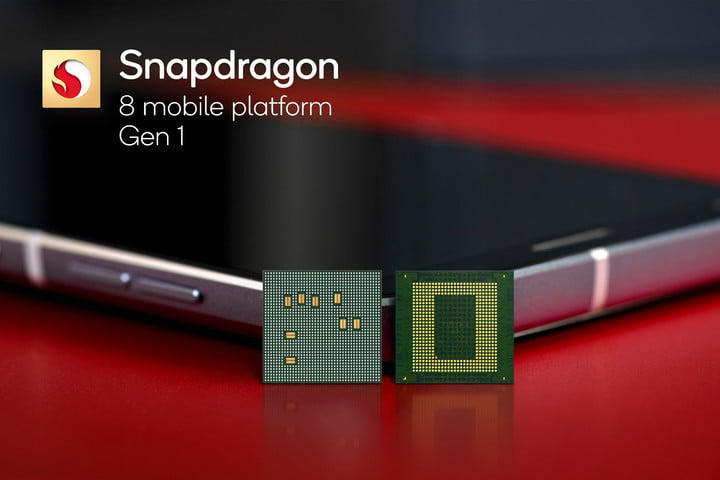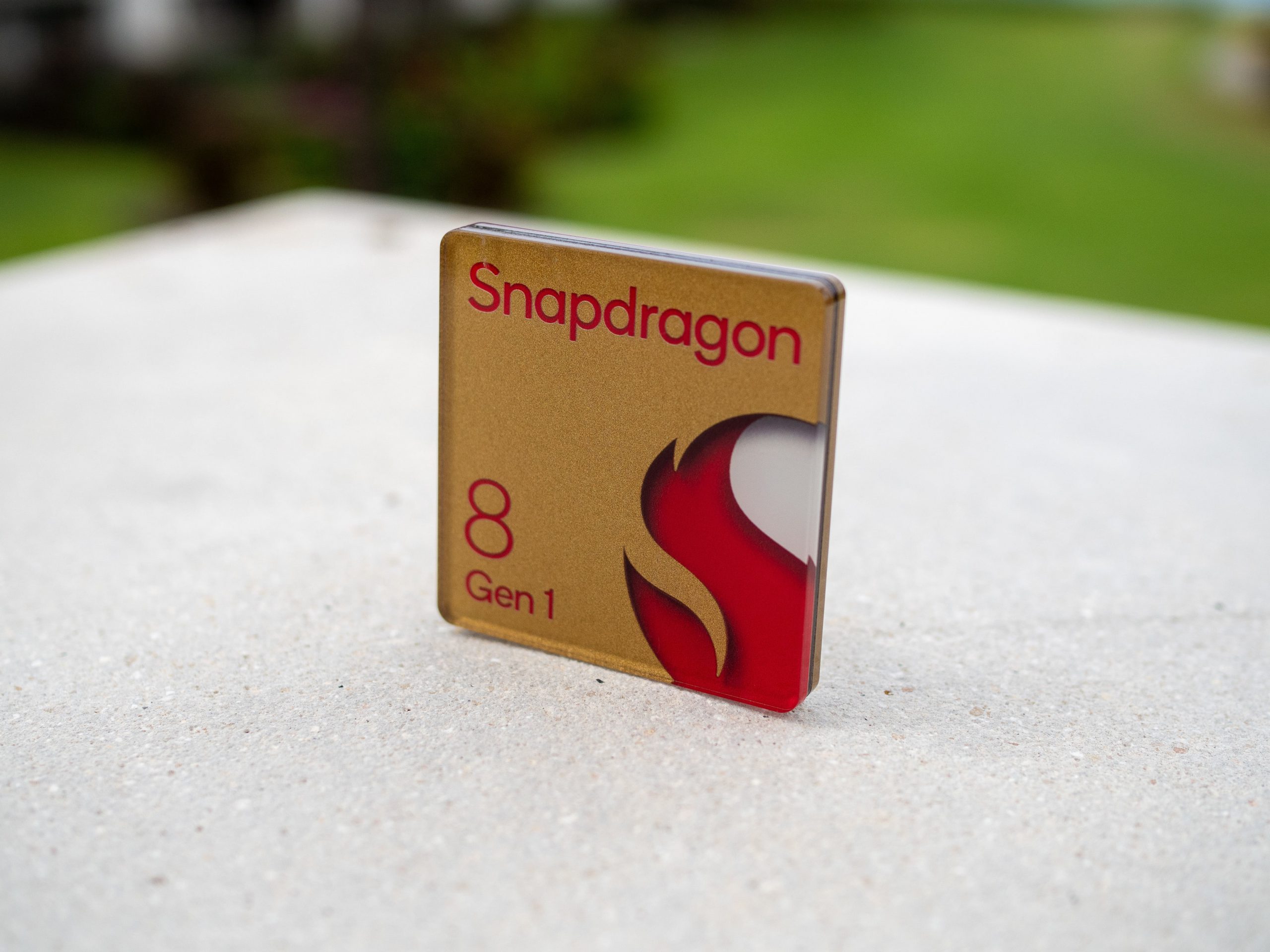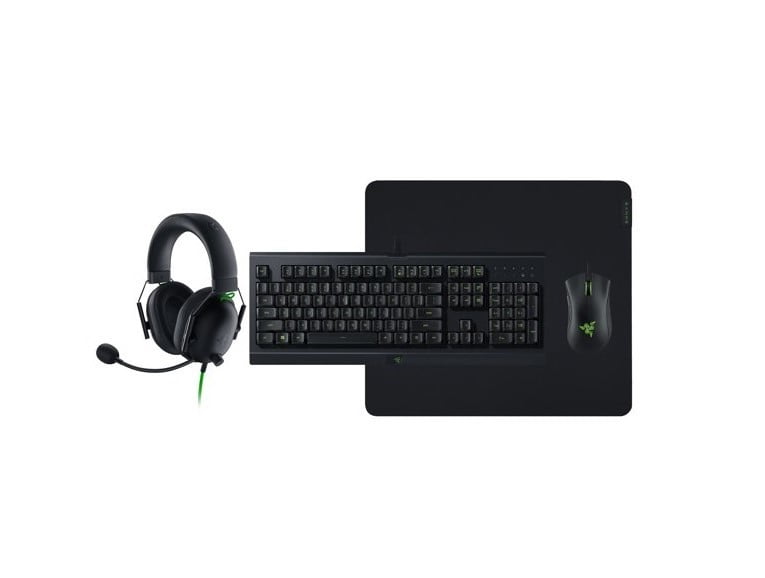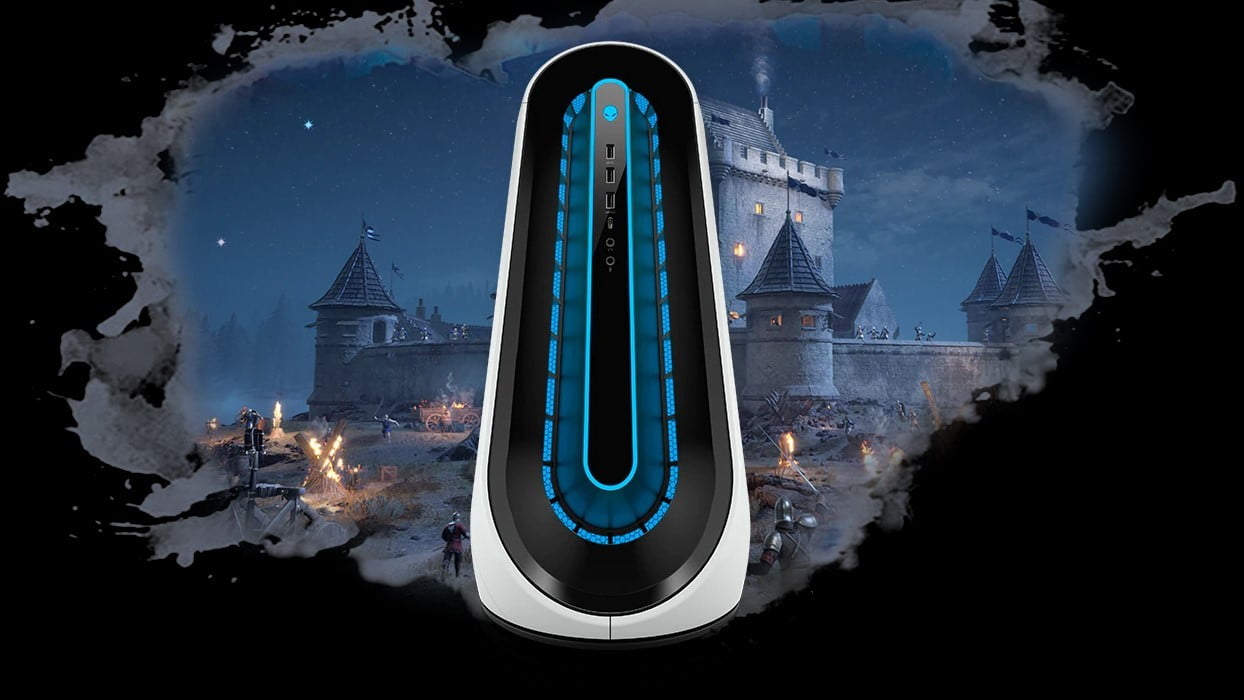At the annual Snapdragon Tech Summit, Qualcomm officially unveiled the newly renamed Snapdragon 8 Gen 1, its new flagship-grade mobile system on a chip (SoC). The new mobile chip is expected to power a large number of premium-tier Android devices next year and succeeds the Snapdragon 888 from 2020. Through 2022, it will compete against Samsung’s soon-to-be-announced Exynos 2200, MediaTek’s recently announced Dimensity 9000, and Apple’s A15 Bionic chips that power the current crop of iPhones.
What’s new?
The Snapdragon 8 Gen 1 is the second mobile processor after the MediaTek Dimensity 9000 to use a 4nm manufacturing process. It is claimed to be the first mobile chipset to incorporate a 10-Gigabit modem-RF combo, as well as the world’s first 18-bit Image Signal Processor (ISP) — a claim MediaTek would certainly contest given that the Dimensity 9000 also boasts of an 18-bit ISP. Interestingly, Qualcomm also seems to have missed the bus as far as LPDDR5X DRAM is concerned since the spec sheet only mentions support for LPDDR5.
The Snapdragon 8 Gen 1 uses ARM’s Cortex X2 core — which at first glance sounds like an incremental upgrade over the existing Arm Cortex X1 core used in the Snapdragon 888 series. What makes it radically different, however, is that the Cortex X2 core is based on an entirely new chip architecture called the ARMv9. The move to ARMv9 chips marks a significant change in ARM’s chip architecture strategy as it is the company’s first chip architecture change in a decade. All ARM-based mobile processors since 2011 — including the Snapdragon 888 series from last year — used the older ARMv8 architecture.

The move to ARMv9 is likely the reason Qualcomm claims a 35% improved graphics performance and a 25% increase in power efficiency figures for the Snapdragon 8 Gen 1. It is also important to note that Qualcomm uses its own Adreno-branded GPU design for graphics and does not rely on ARM’s Mali series of GPUs. While Qualcomm did not specifically talk about improvement in CPU performance for the Snapdragon 8 Gen 1, ARM has revealed in the past that SoCs based on Cortex X2 cores should expect a 16% jump in CPU performance over the X1 core.
A big deal for photography
The launch of the Snapdragon 8 Gen 1 chip also marks the debut of Snapdragon Sight, a set of technologies aimed at improving the image quality on premium smartphones. At the core of this lies Qualcomm’s new 18-bit triple ISP, which marks a major jump from the 14-bit Spectra 580 ISP from last year. Apart from improving the dynamic range on modern flagship phones, the new ISP captures 4,000x more camera data than its predecessor while also enabling features like 8K HDR video capture and better lowlight imaging. And just like last year, the triple ISP lets you capture photos and videos using three separate cameras — all at the same time.

New and improved A.I.
With the Snapdragon 8 Gen 1, Qualcomm also claims significant improvements to the A.I. capabilities thanks to its 7th Gen Artificial Intelligence Engine, which is claimed to be 4x faster than its predecessor. Qualcomm also asserts that this improvement is aided by the 3rd Gen Qualcomm Sensing Hub and the improved Qualcomm Hexagon processor, which in its new avatar boasts of 2x larger shared memory than its predecessor.The chipset also incorporates the 4th-generation Snapdragon X65 5G Modem-RF System with comprehensive support for 5G networks across the globe.
When can you get it?
While the first devices based on the new Snapdragon 8 Gen 1 chip should arrive early next year, we might see that timeline change as rumors indicate that both Motorola and Xiaomi are in a race to launch their respective Snapdragon 8 Gen 1-based smartphones before 2021 ends.


